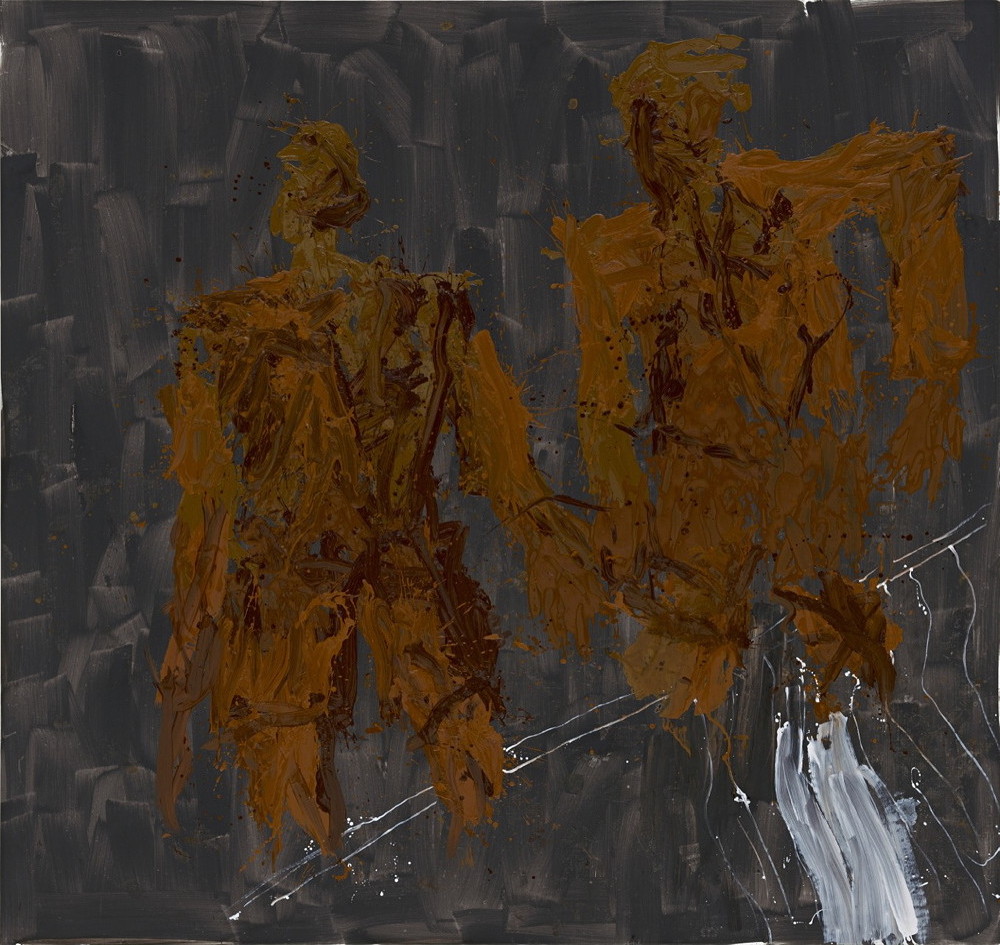
Baselitz
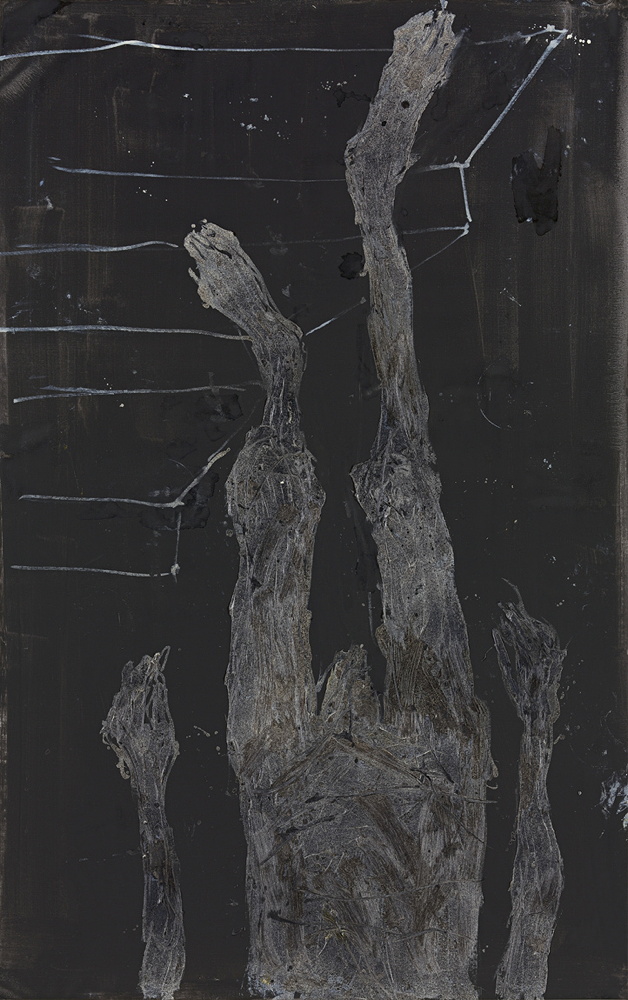
Baselitz
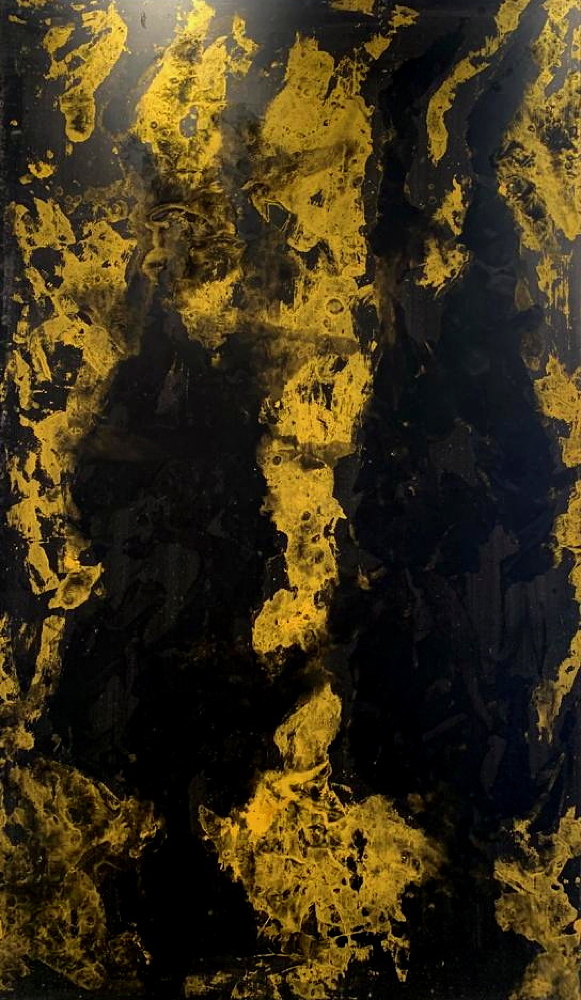
Baselitz
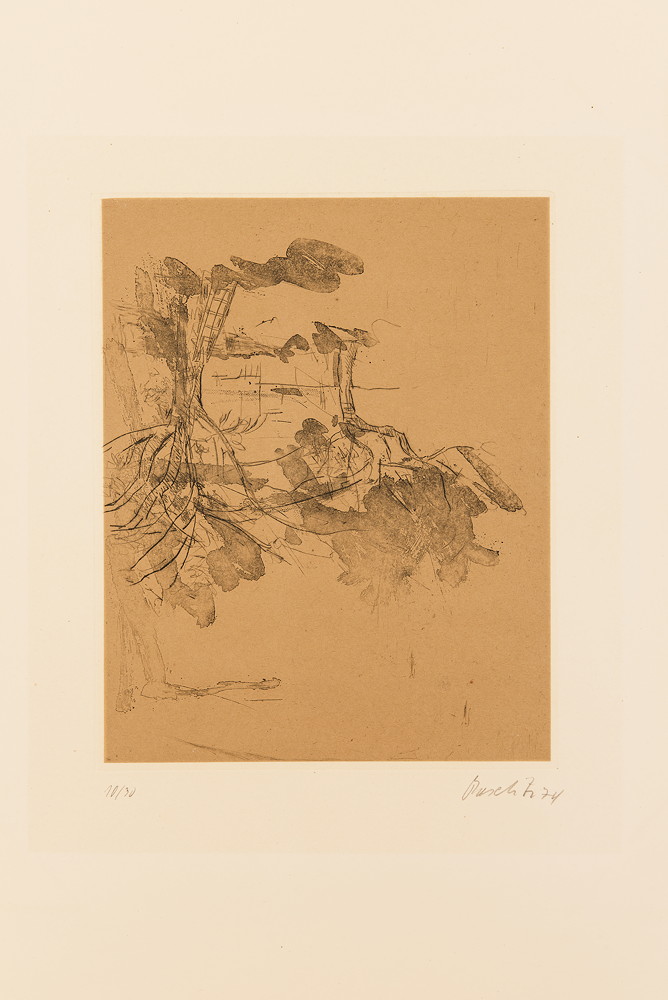
Baselitz
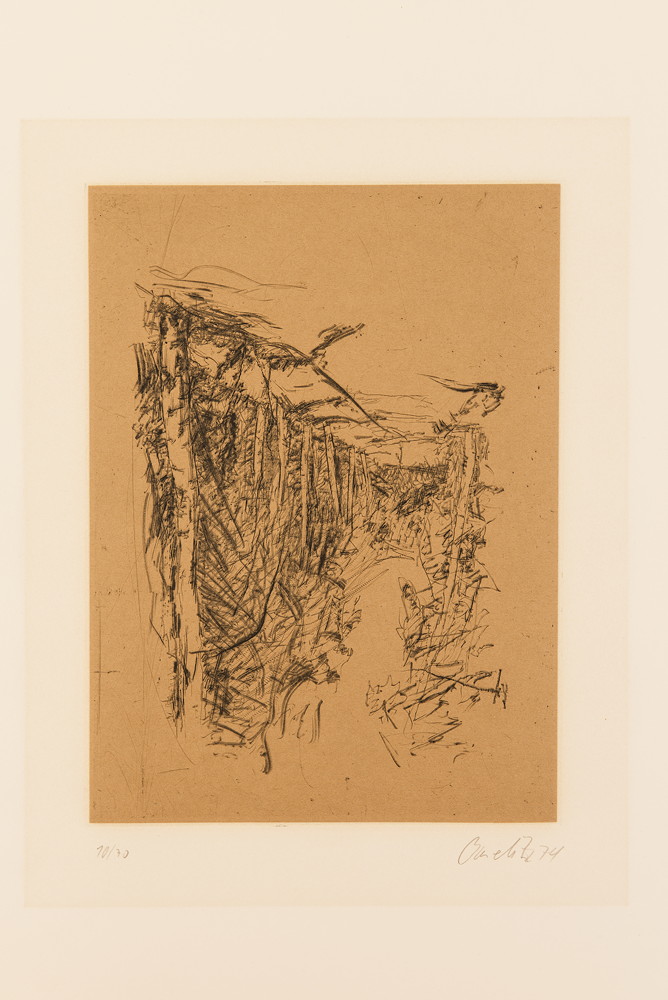
Baselitz
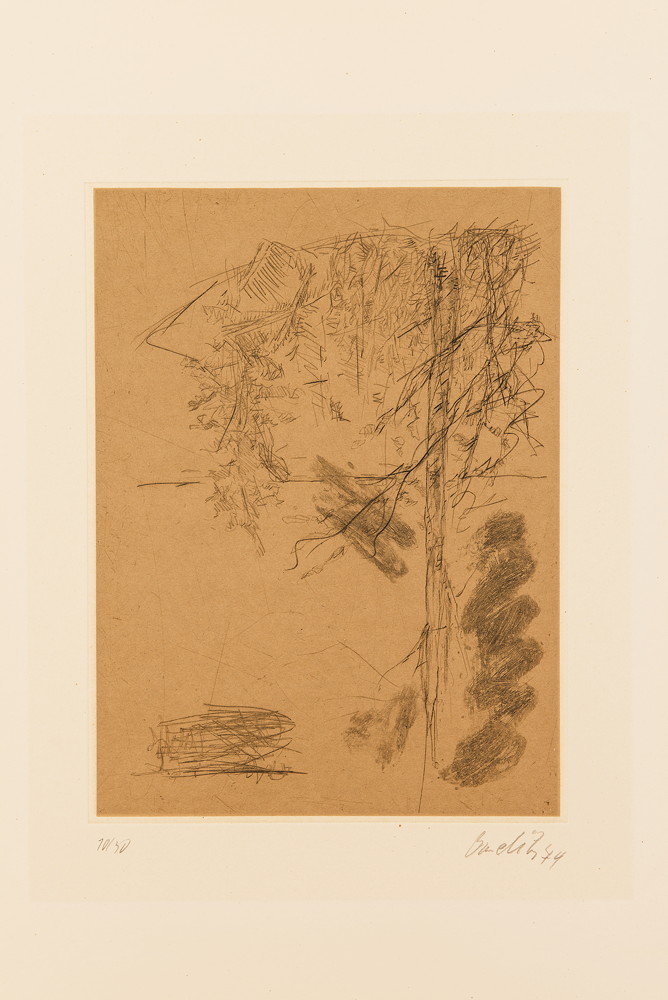
Baselitz
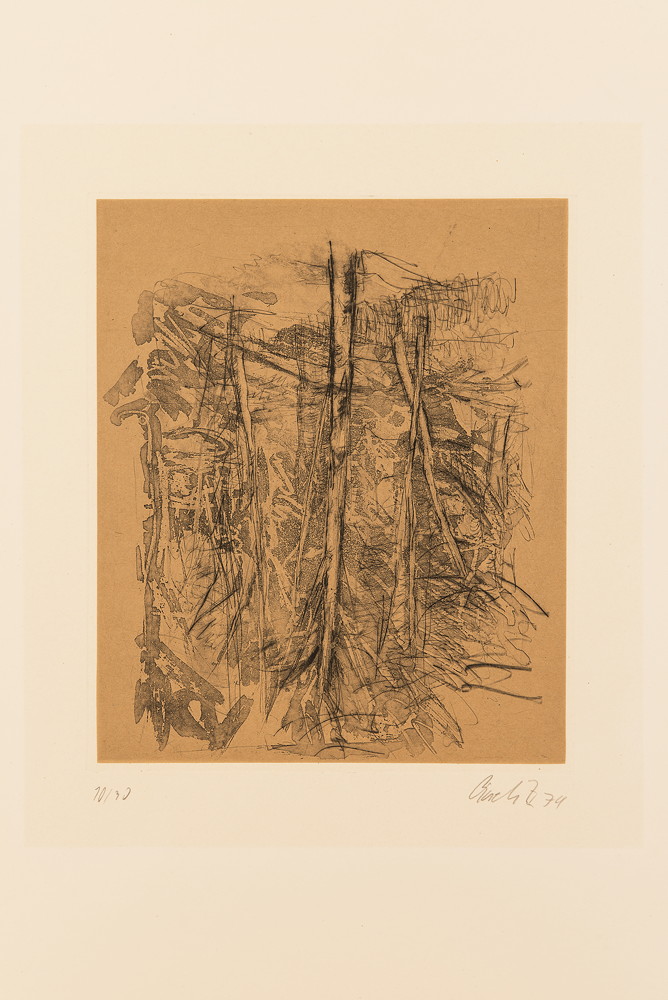
Baselitz
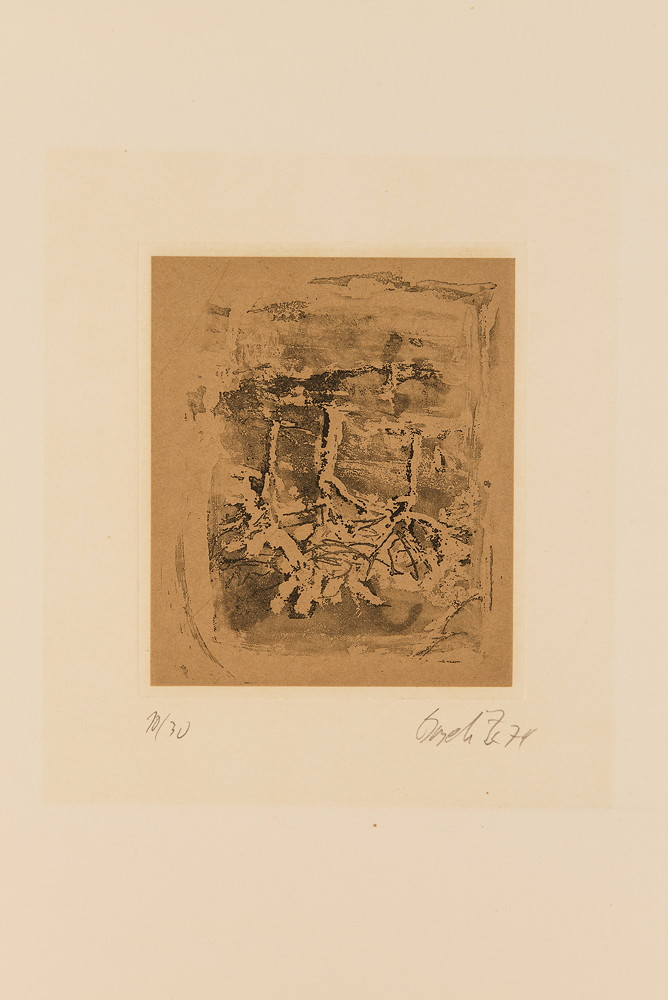
Baselitz
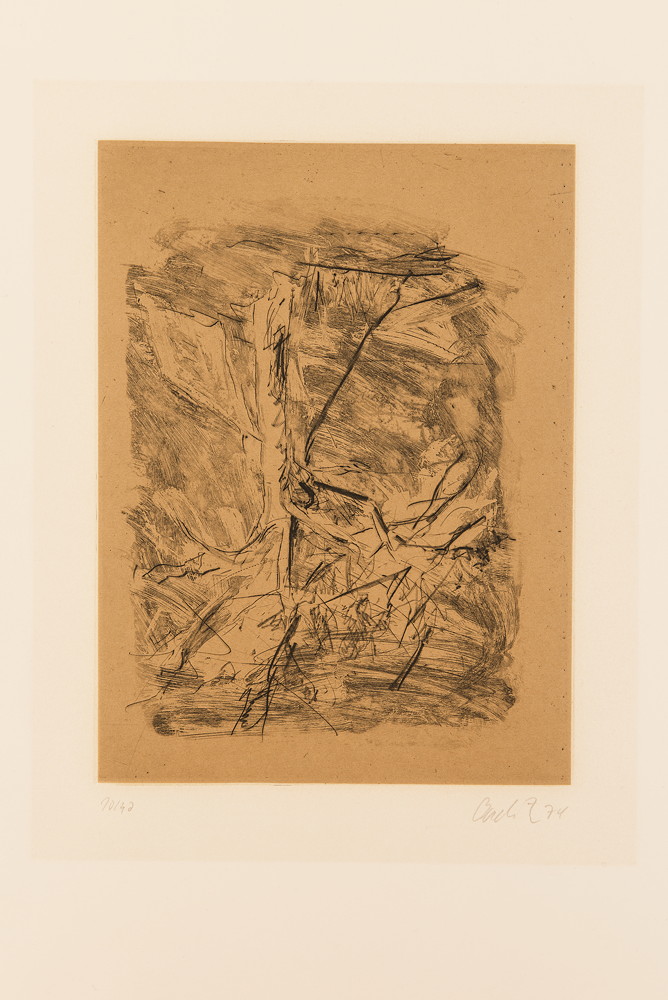
Baselitz
Georg Baselitz
|
Baselitz
Baselitz
Baselitz
Baselitz
Baselitz
Baselitz
Baselitz
Baselitz
Baselitz |
|
Après l’exposition "Bois" qui était conçue comme un cabinet de "curiosités", présentée par la galerie avec des oeuvres anciennes rares, des oeuvres modernes et contemporaines qui ont suscité l’engouement du public, la nouvelle exposition s’ouvre sur un ensemble d’œuvres de Baselitz (né en 1938).
La galerie Léo Arte présente des grandes peintures et une série de gravures des années 1970 de Georg Baselitz, collection Christian Liaigre. Nous pouvons dire que cette œuvre a largement traversé les frontières européennes et internationales, et a été une référence pour les jeunes artistes européens des années 1980. Cet ensemble provient d’une série des sujets renversés de têtes et figures : Ein Schlüsselloch, Die Zeit läuft davon et Schwarzbraum ist die Haselnuß des années 2016-2019. Les grands tableaux (303 x 176 cm et 303 x 320 cm) présentés ici sont saisissants et donnent la sensation d’être traversé par un flux convulsif. Quant aux gravures de différents formats, elles font partie d’une série d’arbres (Birkenbaum) – aquatintes à la pointe-sèche sur papier de Chine brun, contrecollées sur papier Fabriano. Ces dessins nous immergent dans de multiples variations d’entrelacements de branches d’arbres sur un fond de ciel brumeux. Le balayage d’aquatinte encadre les motifs des paysages abstraits impassibles et parfois tourmentés par les éléments. Gravures superbes ! A des prix abordables. Artiste profondément enraciné dans l’histoire européenne et mondiale, il a élaboré un style qui transforme les formes figuratives consacrées de la représentation. Son langage iconographique renouvelle l’approche du dessin et la perception des formes. Baselitz a inauguré ces nouvelles créations picturales qu’on pourrait qualifier d’idiosyncratiques depuis plus de deux décennies. Parfois des éléments autobiographiques transparaissent dans sa peinture, comme des hommages à sa femme, Elke. Les peintures de corps, évocation de formes en trois dimensions, en mouvement apparaissent comme renversés, catapultés dans le vide, résultant peut-être d’un "accident". Il mélange souvent l’or aux teintes terreuses. On y voit parfois des jets de peinture, des traits fins de couleurs vives et des rayures sinueuses sur les morphologies abstraites, qui évoque un De Kooning. Ces dernières années, ses peintures ont inspiré ses sculptures à échelle humaine qu’on a pu voir à Paris au musée d’Art moderne, qui lui consacrait pour la première fois une rétrospective de son travail de sculpteur, en 2012,. En regardant ses peintures, notre regard cherche, à travers la fascination qu’elles produisent, à capter leur sens et les sensations qui s’en dégagent. Michael Werner l’a exposé la première fois dans sa galerie à Berlin, en 1963. Plus tard, il fait partie d’une exposition manifeste : « Warum das Bild Die großen Freunde eingutes Bild ist!» (Pourquoi le tableau Les Grands Amis est un excellent tableau ! »), chez Springer à Berlin, en 1966. Son univers pictural s’appuie sur les bouleversements de la grande Histoire. On a pu le classer dans le néo-expressionisme aux côtés de Immendorff, Markus Lüpertz (avec lequel il exposera, en 1977, à la Documenta 6, à Kassel), et Polke. Nous avons pu voir notamment à la Bibliothèque de Paris une rétrospective de ses œuvres graphiques ainsi que Collection nationale publique de dessins et d’estampes de Munich. Baselitz, artiste d’une grande culture, et collectionneur avisé, mentionne fréquemment que le renversement de la figure lui a donné "la liberté d’affronter réellement les problèmes picturaux." Il s’approprie divers thèmes de la culture non occidentale et de la culture populaire, qu’il transforme par son style, tout en mixant les nombreuses références à la tradition classique de la peinture, au maniérisme italien, en passant par la peinture du Nord jusqu’au modernisme. |
After the exhibition "Wood", which was conceived as a cabinet of "curiosities", presented by the gallery with rare old works, modern and contemporary works which aroused the public's interest, the new exhibition opens on Baselitz (born in 1938).
The Leo Arte Gallery presents large paintings and a series of prints from the 1970s by Georg Baselitz, from the Christian Liaigre collection. This work has been widely exhibited throughout Europe and internationally and was a reference for young European artists in the eighties. This ensemble comes from a series of upside-down subjects of heads and figures: Ein Schlüsselloch, Die Zeit läuft davon and Schwarzbraum ist die Haselnuß from the years 2016-2019. The large paintings (303 x 176 cm and 303 x 320 cm) presented here are striking and give the sensation of a convulsive flow. The engravings in various sizes are part of a series of trees (Birkenbaum) - drypoint aquatints on brown China paper, mounted on Fabriano paper. These drawings immerse us in multiple variations of intertwining tree branches against a misty sky background. The aquatint sweep frames the abstract landscape motifs, impassive and sometimes tormented by the elements. Superb engravings! At affordable prices. An artist deeply rooted in European and world history, he has developed a style that transforms the time-honoured figurative forms of representation. His iconographic language renews the approach to drawing and the perception of forms. For more than two decades, Baselitz has been at the forefront of these new pictorial creations, which can be described as idiosyncratic. Sometimes autobiographical elements appear in his paintings, such as tributes to his wife, Elke. The paintings of bodies, evoking three-dimensional forms, in movement appear as if they have been knocked over, catapulted into the void, perhaps as the result of an "accident". He often mixes gold with earth tones. Sometimes there are jets of paint, fine lines of bright colours and sinuous stripes on the abstract morphologies, reminiscent of a De Kooning. In recent years, his paintings have inspired his human-scale sculptures, which were shown in Paris at the Musée d'Art Moderne, where a retrospective of his sculptural work was held for the first time in 2012. When we look at his paintings, our gaze seeks, through the fascination they produce, to capture their meaning and the sensations that emerge from them. Michael Werner first exhibited his work in his gallery in Berlin in 1963. Later, it was included in a manifesto exhibition: "Warum das Bild Die großen Freunde eingutes Bild ist!" (Why the painting The Great Friends is an excellent picture!) at Springer in Berlin in 1966. His pictorial universe is based on the upheavals of history. He has been classified as a neo-expressionist alongside Immendorff, Markus Lüpertz (with whom he exhibited at Documenta 6 in Kassel in 1977), and Polke. A retrospective of his graphic works has been shown at the Bibliothèque de Paris and the National Public Collection of Drawings and Prints in Munich. Baselitz, an artist of great culture and a shrewd collector, frequently mentions that the reversal of the figure has given him "the freedom to really confront pictorial problems. "He appropriated various themes from non-Western culture and popular culture and transformed them in his own style, mixing numerous references to the classical painting tradition, Italian Mannerism, Northern painting and modernism.
Patrick Amine
Paris, mai 2021 |
|
Georg Baselitz du 1er juin au 17 juillet 2021
Galerie Léo Arte, 17 Quai Voltaire, 75007 Paris. www.leo-arte.com |